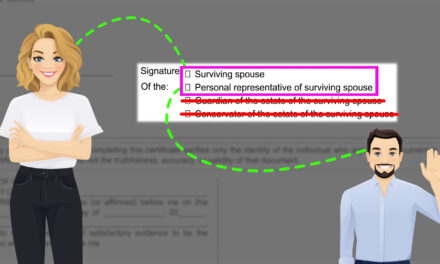Question: During the 2008 recession, home prices dropped. Why are prices still rising during the 2020 recession?
Answer: Several housing market factors are acting to buoy home prices in 2020 that were not present in 2007-2009, including low inventory, few distressed sales and historically low interest rates.
Heading into the 2008 recession, it was already clear that housing was in trouble. With home sales volume beginning to plummet in 2006, prices followed quickly thereafter, dropping in 2007 and bottoming in 2009. Home prices were dragged down by the sudden dearth of homebuyers and a deluge of distressed sales — foreclosures and short sales. But the situation is clearly different today, in the midst of the 2020 recession:
In the chart above, each gray bar represents a recession. The most recent recession began in February 2020 and is ongoing at the time of this writing.
Each colored line represents a home price tier, where January 2000 equals 100. These lines indicate price movement averaged in California’s major metros, not actual home price amounts. For example, while the low-tier price line is currently higher than the mid- and high-price tiers, this simply indicates low-tier prices have been more volatile in recent years — not that actual low-tier price amounts are higher than the other tiers.
Editor’s note—The solid black line in the chart above is the mean price trendline, which represents the historical equilibrium to which home prices cyclically return.
Heading into 2019, home prices were poised to fall back. But, after roughly 12 months of rising, mortgage interest rates began to decrease in 2019. With lower interest rates, buyer purchasing power grew, allowing homebuyers to increase their principal amounts with the same monthly payments, which directly benefited sellers.
Interest rates are a common tool the Federal Reserve (the Fed) uses to ease the housing market and economy into a recession. Thus, in 2019, the Fed was already anticipating a moderate business recession to arrive in 2020. Of course, the regular recession was complicated by the global pandemic and related financial crash, and what was expected to be a moderate recession is now something much more explosive and complex.
And yet, despite 2020’s recession, which has resulted in steep job losses and a volatile financial market, home prices continue to rise.
The factors pushing prices today
Home prices continue to rise in 2020 due to:
- a lack of inventory to support demand, stemming from years of insufficient residential construction;
- record-low mortgage interest rates; and
- very few distressed sales.
The Coronavirus Aid, Relief, and Economic Security (CARES) Act offers protections for homeowners and renters impacted by COVID-19. Under an extension of the Act, foreclosure actions are prohibited on principal residences through August 31, 2020. Therefore, even though many jobless homeowners have been unable to pay their mortgage payments, they have been shielded thus far from foreclosure proceedings, thus keeping the damaging influence of foreclosures off the market and taking the pressure off home prices.
But foreclosures may soon be a factor on home prices. If state and federal lawmakers don’t act to creatively restructure loans and extend foreclosure moratoriums until jobs have returned, distressed sales will return to the market once the backlog is released, and the impact will be to drag down home prices.
When it comes to interest rates, the Fed will continue to keep rates as low as possible to stimulate borrowing and keep the housing market moving. However, they cannot go much lower than their current low level unless the Fed goes negative, an unprecedented move in the U.S. when the Fed essentially charges banks to borrow, pushing investors away from U.S. Treasuries into other instruments. In effect, this strategy encourages banks to lend more money to consumers, thus injecting money that would otherwise be sitting in the bank into the economy.
If the Fed does go negative, today’s record low mortgage interest rates will fall even further, boosting buyer purchasing power to the benefit of homebuyers, sellers and the real estate professionals who collect transactional fees. If the Fed does not go negative, interest rates cannot fall much further than their current levels, leaving buyer purchasing power flat.
Finally, a long-term problem for homebuyers that has led to today’s supply-demand imbalance is the lack of residential construction. Given construction’s long lag time from permitting to completion, inventory is not likely to turn around anytime in the next year or two. But California lawmakers have been busy paving the way for more construction in the years ahead, which will satisfy some demand, and pull the pressure off of home prices beginning around 2022-2023.
In the meantime, home prices may fluctuate depending on how the Fed and lawmakers react as we slide deeper in the 2020 recession. Don’t expect home prices to follow the same steep, downhill course as during the 2008 recession and the long, bumpy recovery that followed. But lower home prices are still probable in the coming two-to-three years, the extent and duration of the decrease still being up in the air.















